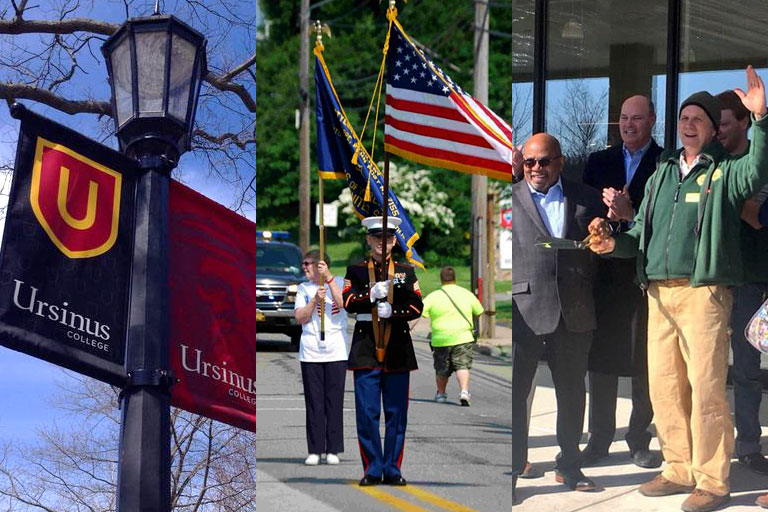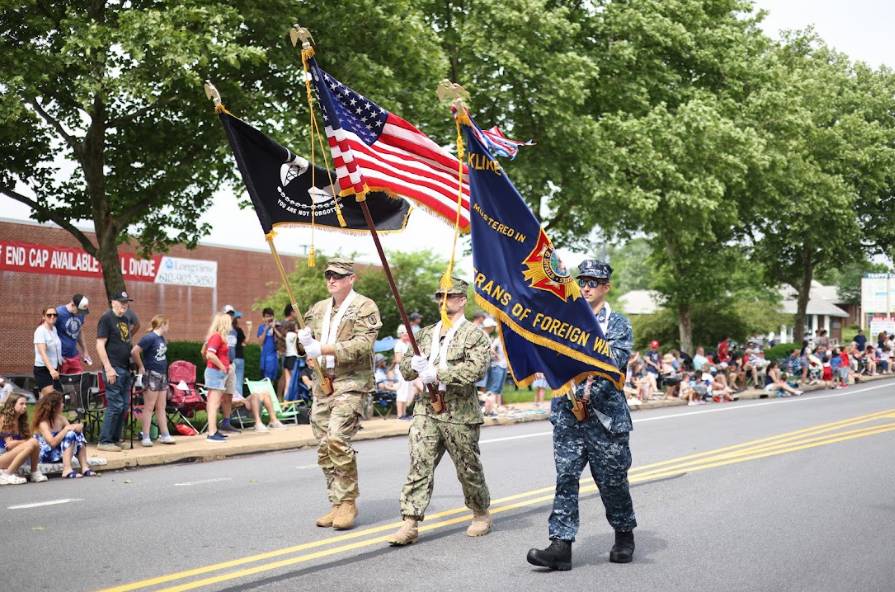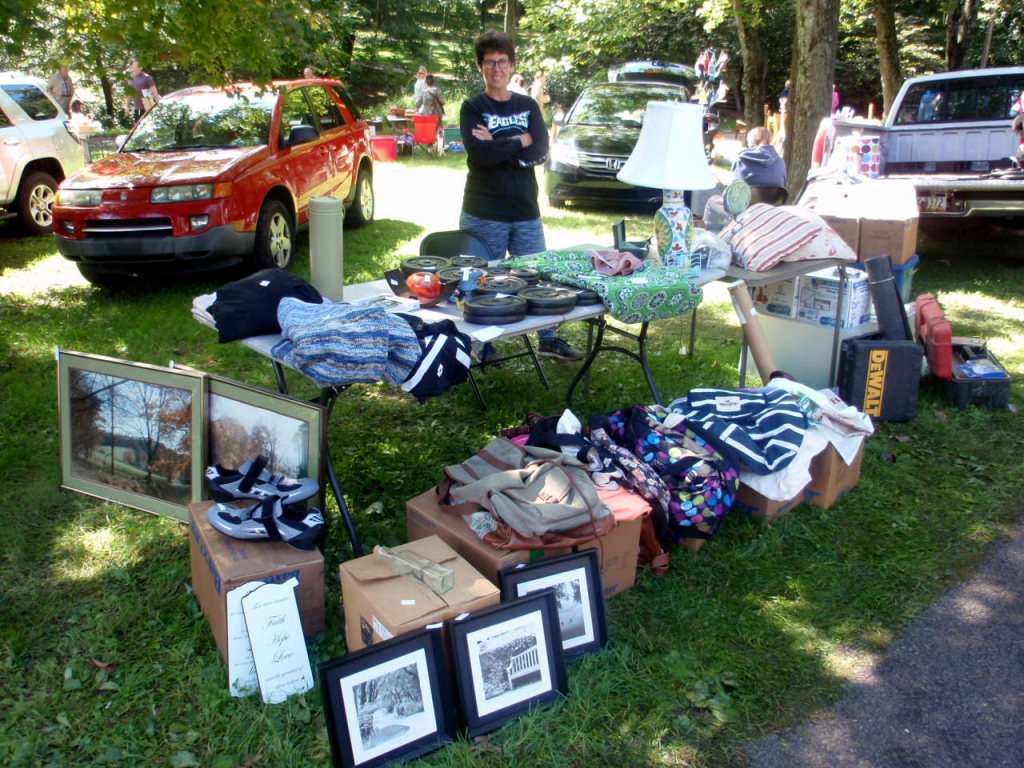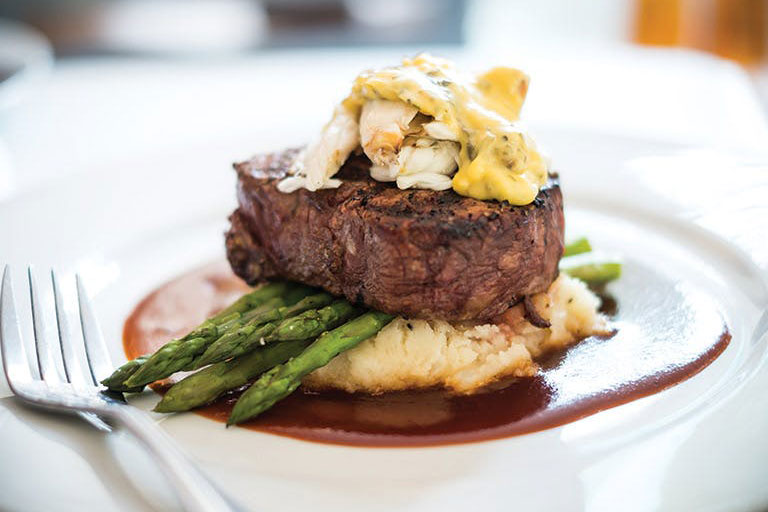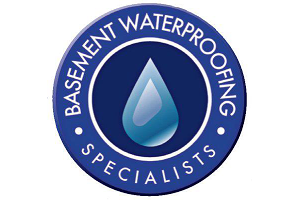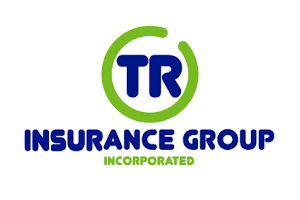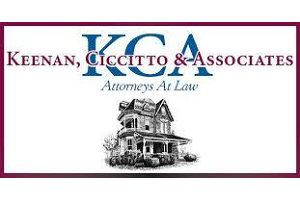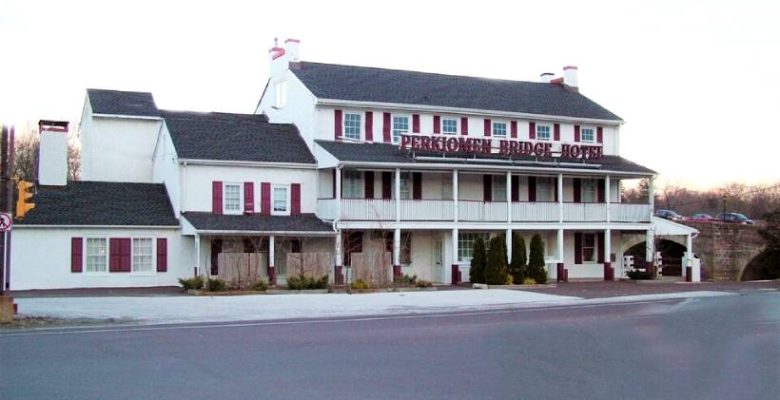
In his perspective post on the Perkiomen Bridge Hotel, Robert Botti expresses his opinion that the money and effort needed to stabilize and restore the hotel is too high a cost and not worth the effort. He stated that the expenses would greatly exceed what the developer could make from leasing the restored building. This same argument has been used repeatedly to justify demolishing old structures.
Yes, Robert is right in that restoring the hotel is absolutely daunting — and highly expensive — due to the deterioration and flooding the structure continues to experience. It would be far cheaper to build a new structure than to save the current hotel in its deteriorated state.
Older Than Our Country
The Perkiomen Bridge Hotel has stood on the banks of the Perkiomen Creek as part of Collegeville’s history for generations—roughly eleven generations! It is thought that the oldest section of the Hotel dates back 332 years to 1689. That’s 87 years before our country was founded in 1776.
This historic treasure contributes to Collegeville’s unique character and defines our borough: the historic Hotel is at the bottom of our Main Street and Ursinus College is at the top. We are looking forward to researching the Hotel’s history to uncover its many stories and learn more about how it helped shape our town.
Gone Forever
When a building is gone, whatever its history could have taught us — for those both living in the present and in the future — that connection to the past and its invaluable saga are gone forever.
The decision to destroy a historic building should never be taken lightly, and should not be based only on cost or effort. There is no second chance to renovate or to save it once it’s gone. Also, we can never be certain what will be valued in the future.
Inns That Have Been Saved
In the greater Philadelphia region, a number of historic structures have been saved whose costs have soared well above $1 million. Let’s examine a few:
The King of Prussia Inn
Built in 1719, the King of Prussia Inn operated as a tavern for approximately 200 years. It was acquired by the Pennsylvania Highway Department (now PennDOT) in 1952, then left to deteriorate in the median strip of Route 202 for nearly 50 years. After years of planning and negotiations, a plan was developed to relocate the historic building. With $1.6 million from the Federal Highway Administration and PennDOT, the 280-year-old inn was moved in 2000 to Bill Smith Boulevard, a half-mile away.
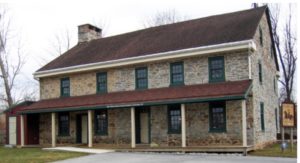
Another $500,000 was committed to restoring it to a habitable building. The building houses the King of Prussia Chamber of Commerce and two local businesses who rent from the Chamber. Additionally, there is a mortgage on the building which the Chamber is now paying off.
The General Wayne Inn
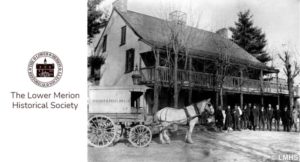
The 300-year-old General Wayne Inn in Merion, scene of a 1996 murder and several failed restaurants, now houses the Chabad Center for Jewish Life, including a synagogue, Kosher restaurant and Lubavitch outreach center. The restoration cost $1.5 million.
The Rose Tree Tavern
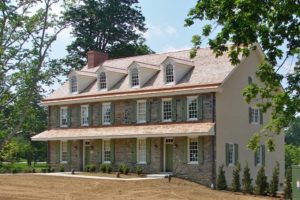
In 2004, the two-story Rose Tree Tavern was moved about 100 yards to Rose Tree Park. It had been a stagecoach stop in the 1790s, but in recent times had stood in the way of a highway crossroad redesign. The total cost of its restoration was about $1.7 million, which was paid through hotel occupancy tax funds.
The Black Horse Inn
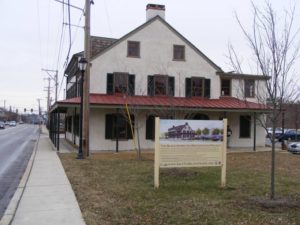
The Black Horse Inn in Flourtown, built in 1744, is among four of eight colonial-era inns remaining on Bethlehem Pike. Once it served lime workers and farmers on the road between the Lehigh Valley and Philadelphia. Now it’s owned by Springfield Township and its restoration costs to date are upward of $1 million.
The Speaker’s House
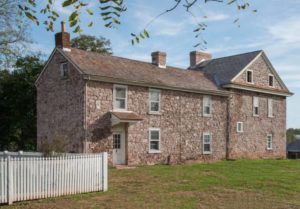
Closer to home, another example of saving a historic building from destruction is the current work of Historic Trappe to study, stabilize, and restore the Speaker’s House on Main St. in Trappe (map it) across from the Trappe Shopping Center. This historic structure, which dates back to 1781, was built by Frederick Muhlenberg, the first Speaker of the U.S. House of representatives. Muhlenberg was a pivotal figure in our local history, and for several years this house was a center of PA government.
In 2000, a developer wanted to tear down the building and build a CVS on the site. But a grassroots effort by local citizens saved the building and its 1.9-acre property.
The nonprofit organization The Speaker’s House (now part of Historic Trappe) was then formed to raise money and manage its restoration and development as a historic site open to the public. The group successfully saved the original structure, and to date has restored the bake oven and four corner fireplaces, which heated the house, and built a new historically accurate roof.
In the coming months, they will be restoring the kitchen and in the future will offer hearth cooking classes. Tours of the building’s ongoing restoration work and the property’s Pennsylvania German kitchen garden and weekly farm stand attracts many visitors in the summer. Their estimate of the total cost of the house restoration is approximately $500,000; this figure would be substantially higher were it not for the many volunteers who contribute their time and effort to helping restore the house.
Buried Treasure
Students from all over the country have participated in archaeological digs on the site in partnership with Ursinus College, which has added to their knowledge of the site’s history. The digs have located the remains of Muhlenberg’s general store, a bank barn, smokehouse, and privy. Thousands of artifacts have also been found, including fragments of ceramic plates that date from the Muhlenberg era and animal bones that give clues as to what the family was eating. Some artifacts date from the 1920s, when Ursinus College’s football team lived in the house as a dormitory known as “Highland Hall.”
Who knows what historic treasures await under the parking lot of the Perkiomen Bridge Hotel?
The Flood
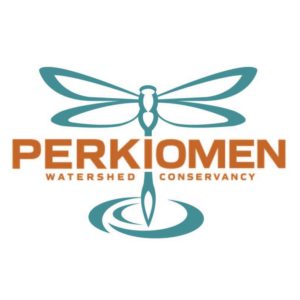
Robert discusses the challenges for restoration and future use due to the hotel’s location in an active flood plain. Similarly, the Perkiomen Watershed Conservancy experiences regular flooding on the ground floor of their headquarters, located in an old barn along the same creek (map it).
In July of 2020, the monster storm that dumped nearly a foot of rain on our area caused the creek to rise from a depth of 1.5 feet to more than 16 feet within hours. To deal with future flooding of this magnitude, they have replaced the drywall with cement board, which after finishing was sprayed with a mold control agent. When mitigating flooding in this way all mechanicals need to be ceiling-mounted or moved to an upper floor as well.
In planning for future uses for the Perkiomen Bridge Hotel, the cheapest solution in its current location may be to replace the building materials on the first floor to make the structure flood resistant.
The next solution, which is more costly, is to raise the hotel, so the main floor is above the 100 year flood zone. This would mean raising the hotel an entire story. Depending on the extent of the stone vs. wood construction, and whether the building has a basement or crawl space under it, costs to raise it would likely range from about $500,000 – $750,000 or so. This does not include the engineering, site preparation, hooking up of utilities, etc.
Moving the hotel to another location is the costliest solution of all. It is also thought that removing the hotel from its current site along the creek would greatly diminish its history.
Current State
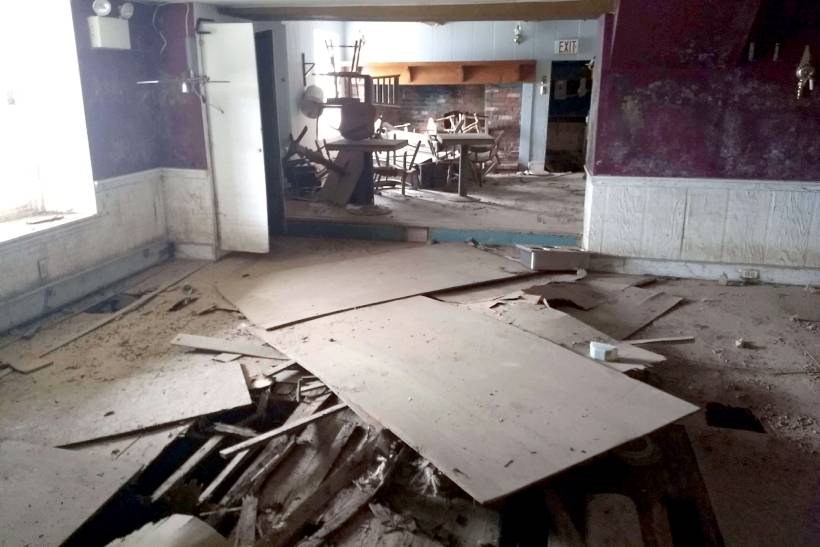
As it deteriorated over the last 15 years, the hotel was never properly secured from water, insect and rodent infestation. Gutters were never repaired, and worse, leaks from broken upper floor windows and a leaking roof have caused significant water damage and mold. The borough code inspector has issued a three-page, single-spaced letter to the owner outlying what needs to be done to secure the building.
At this point, it is important to hire a qualified historic engineer to conduct a structural and damage review of the building. He or she needs to assess the extent of the damage and costs needed to remediate and secure the building.
The hotel also suffers from insufficient parking.
When the hotel site was subdivided by a bank which owned it over 20 years ago and the adjacent land sold to Monro Muffler, the hotel lost some of its parking spaces. And an addition added to the back of the building eliminated as many as a dozen more. Likely this could be solved through a parking shared agreement with the Collegeville Shopping Center or other lot owners. Businesses in the Hotel could also offer valet parking.
Benefits Of Preservation
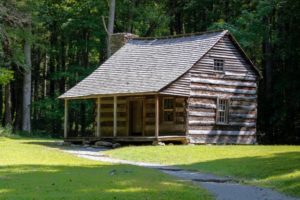
At the most basic level, historic preservation fosters an appreciation of local and national history and heritage. It connects people with their past, and with one another. Having a renovated historic building in a town adds to the town’s charm and beauty and engenders community pride.
History is also a great educator, and coming to know the history of a community and its historical sites fosters an individual’s sense of belonging. Old structures and historic spaces often present the human scale of history. Their design and construction tell us much about the cultures that created them and about the traditions and events from which our society grew.
An important economic advantage which would greatly benefit the economies of both the borough and the region is heritage tourism. Although not everyone is a history buff, many people enjoy a deep fascination with the sites where history took place, as well as with the stories they can directly experience by visiting these historic sites.
Heritage tourists, whose travel focuses on historical sites of interest, spend billions of dollars every year and are among the fastest-growing group of tourists. Heritage tourists’ travels provide hundreds of millions of tax dollars, and billions for the hospitality and travel industries.
Tours of the many historic sights of our region, to include our hotel as perhaps the oldest, and the other historic restorations of Trappe and the area could be promoted both nationally and internationally .
This year the hotel’s owner, Tom Crawford, received a $1 million state RACP grant to renovate the hotel. But the grant requires a minimum of a $1 million match and a detailed renovation plan. He is currently looking for investors. The hotel is also listed for sale at $545,000.00

